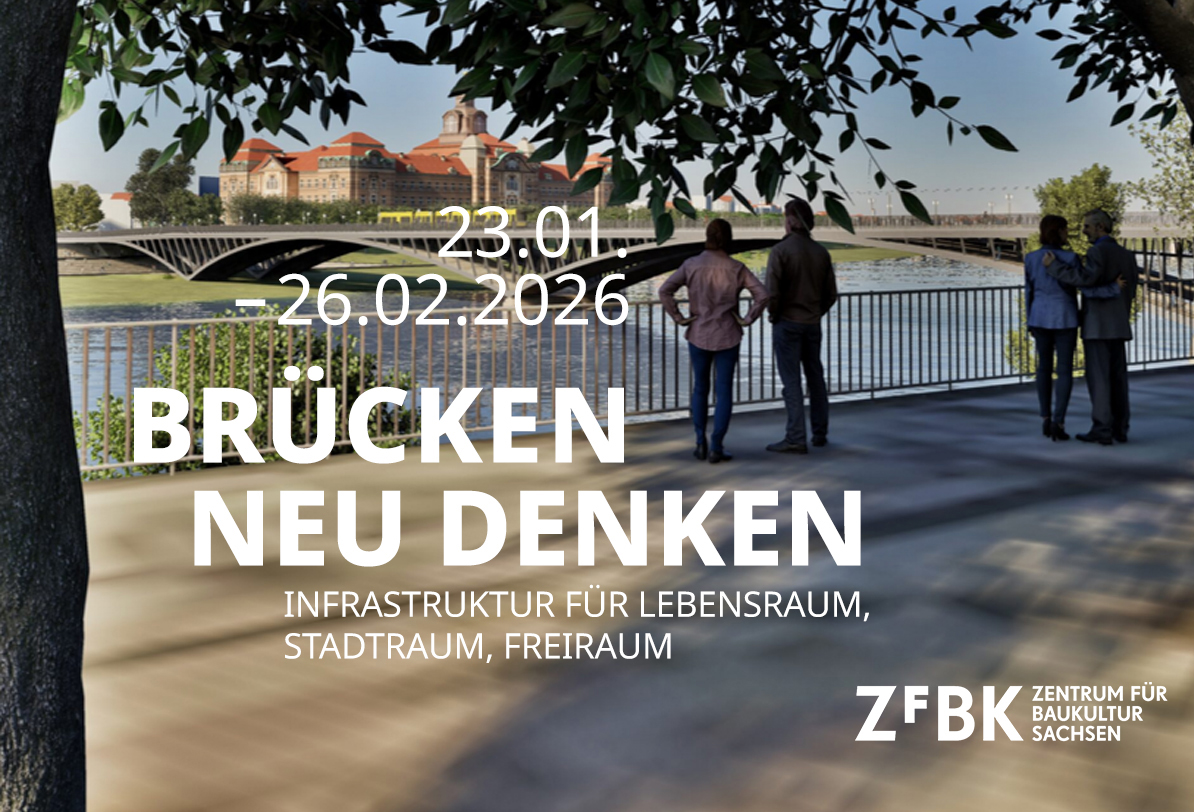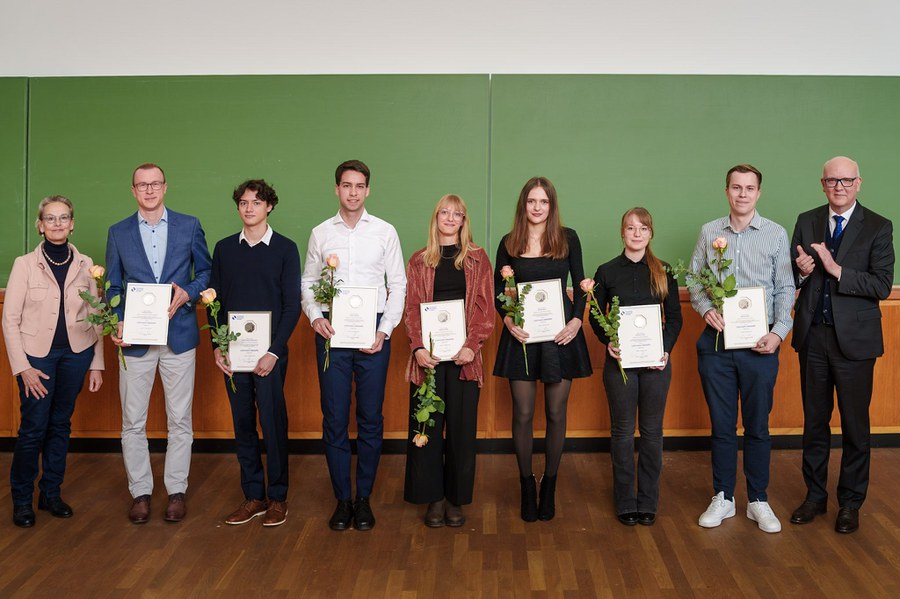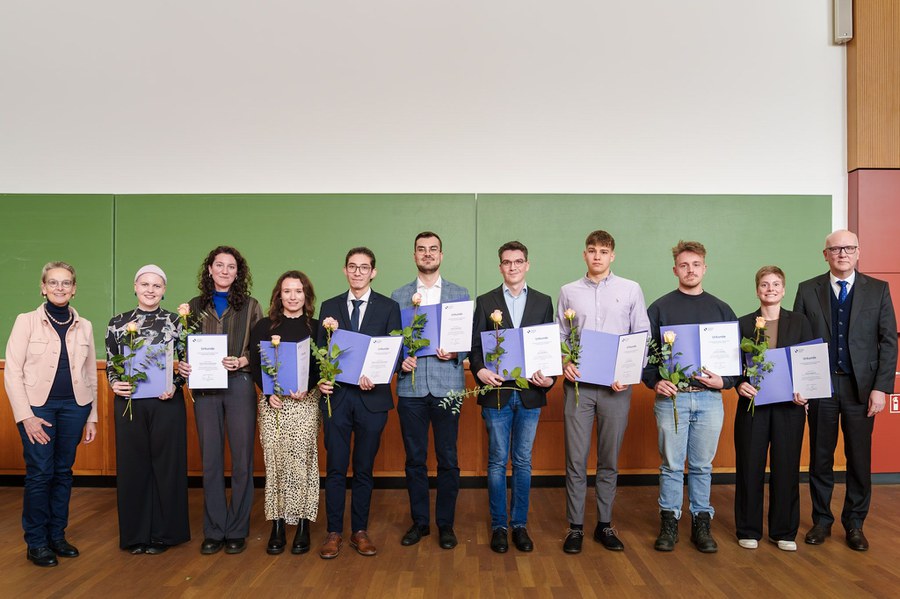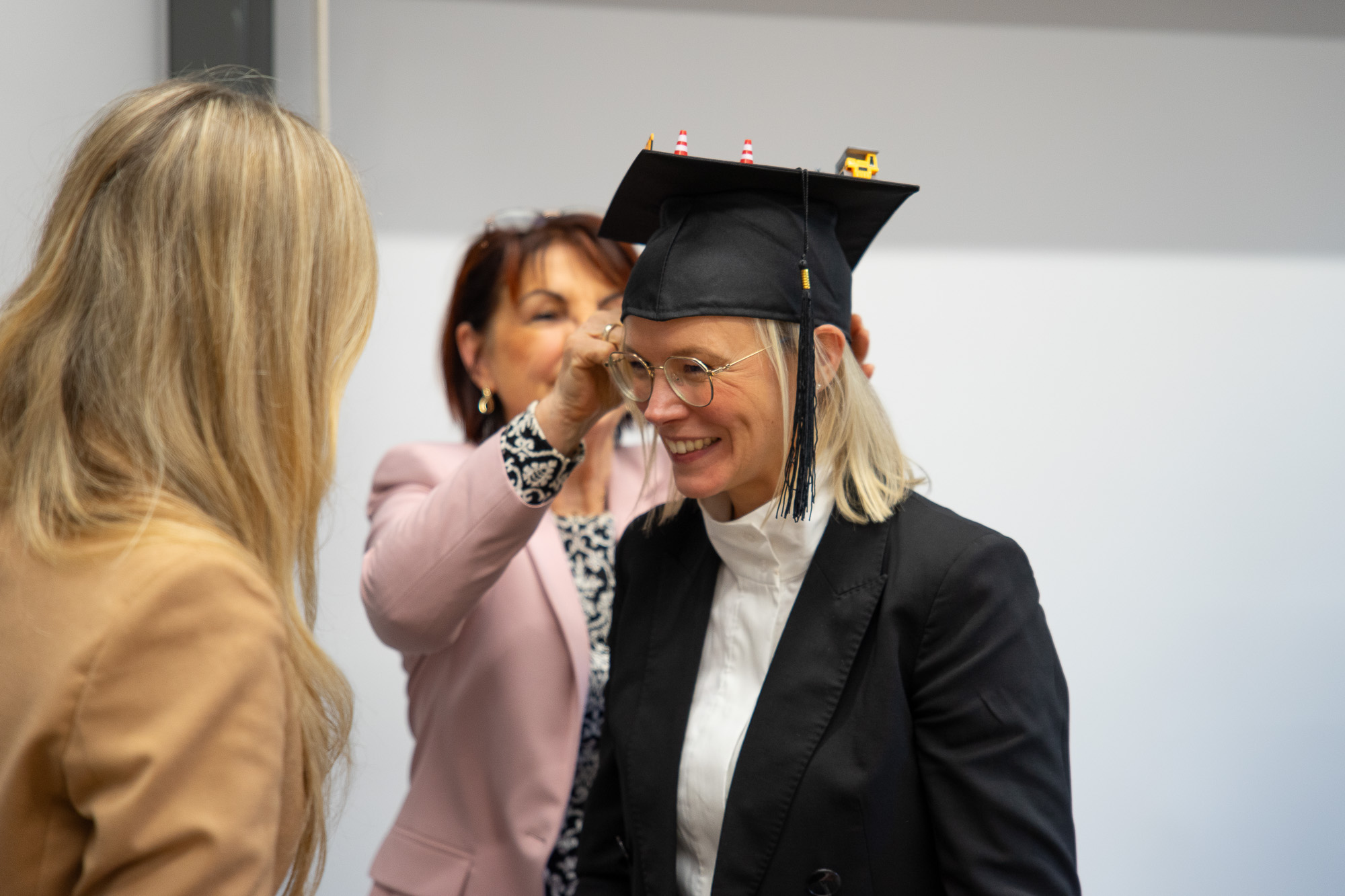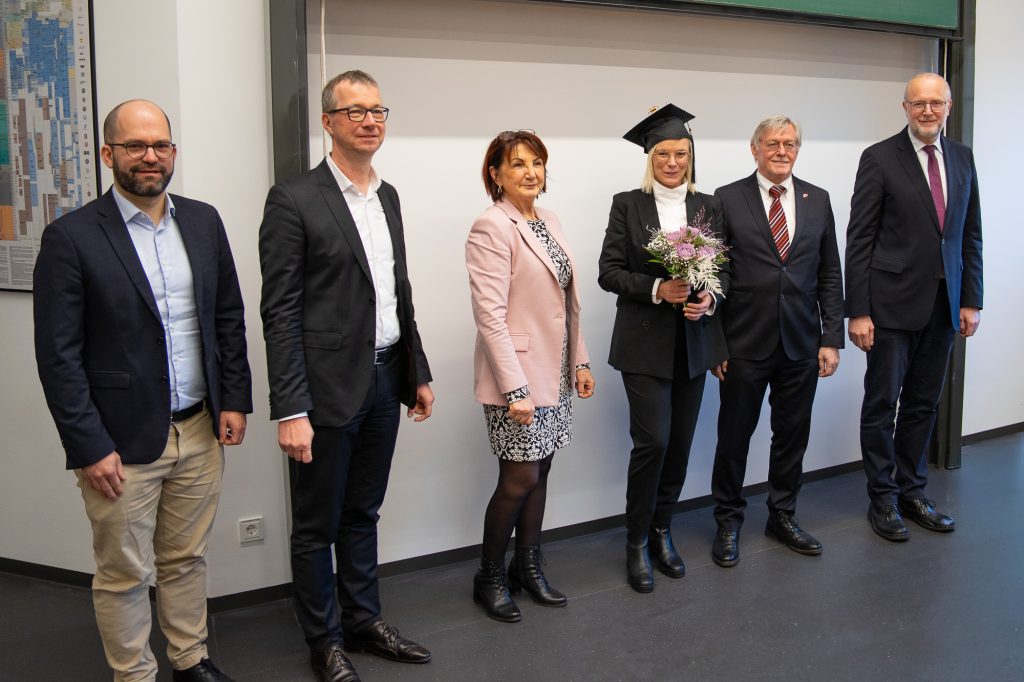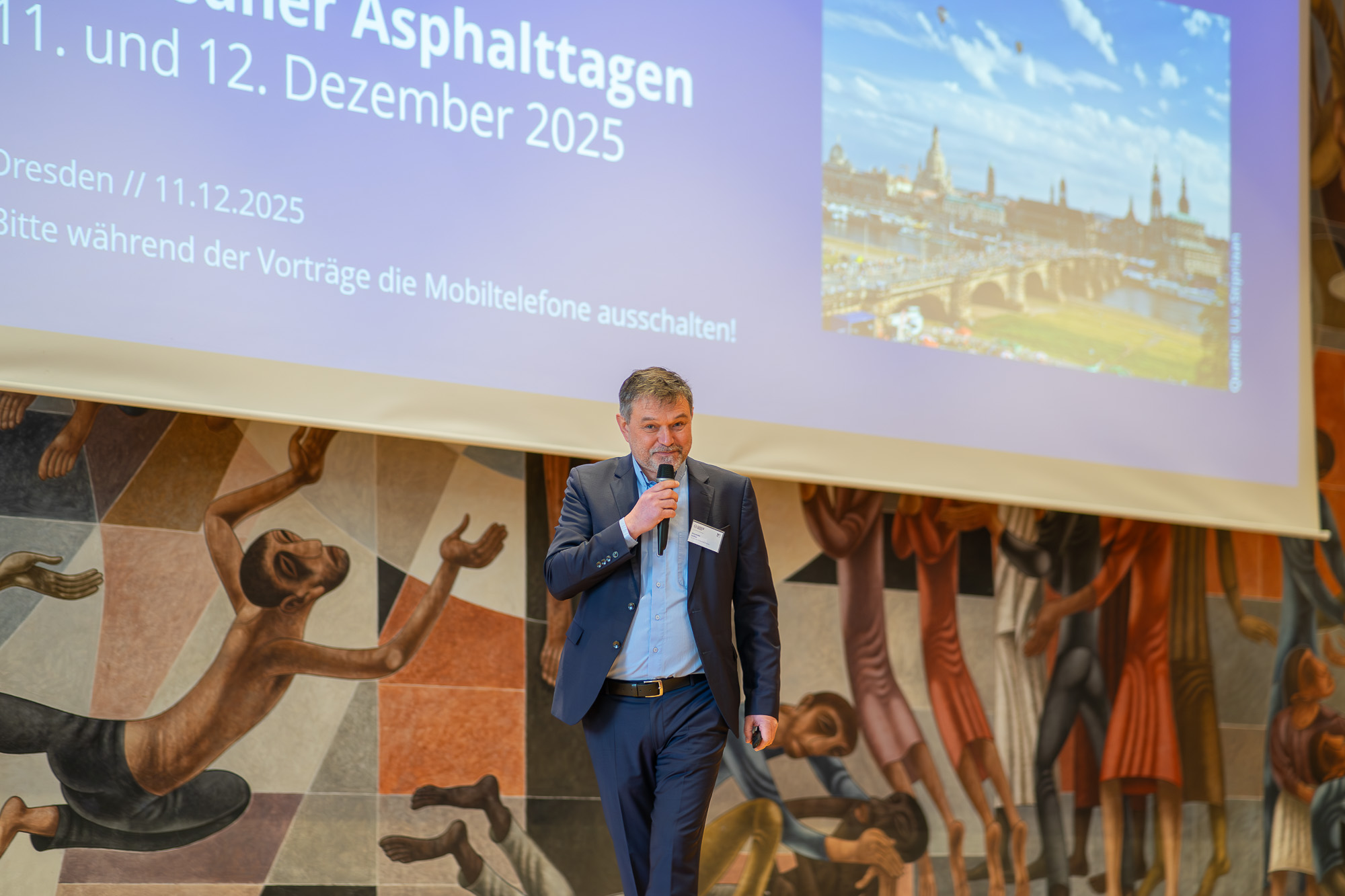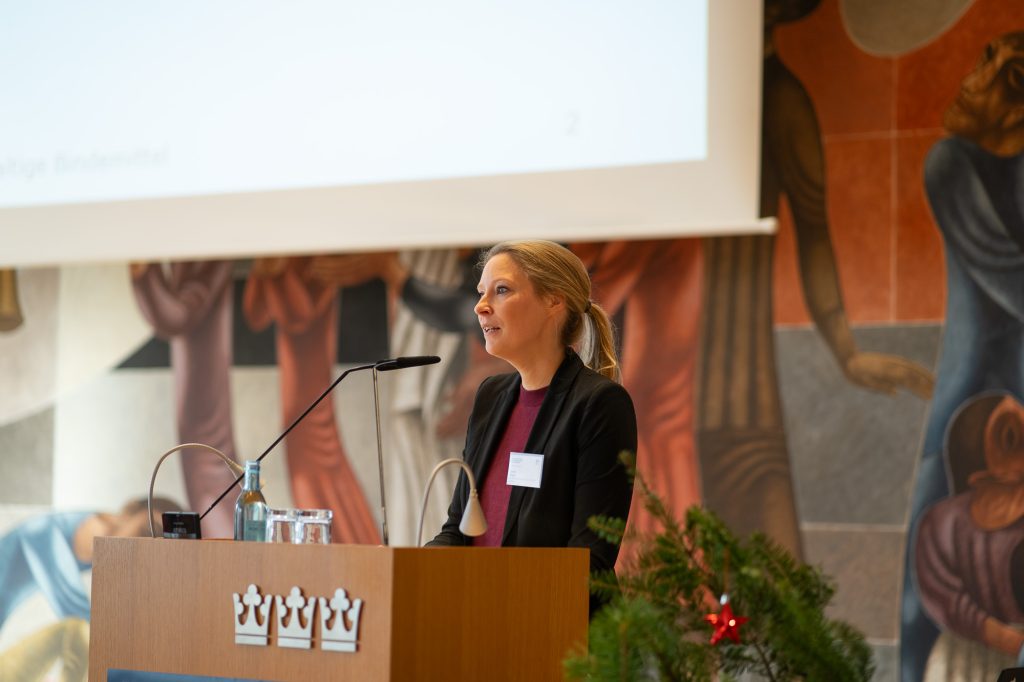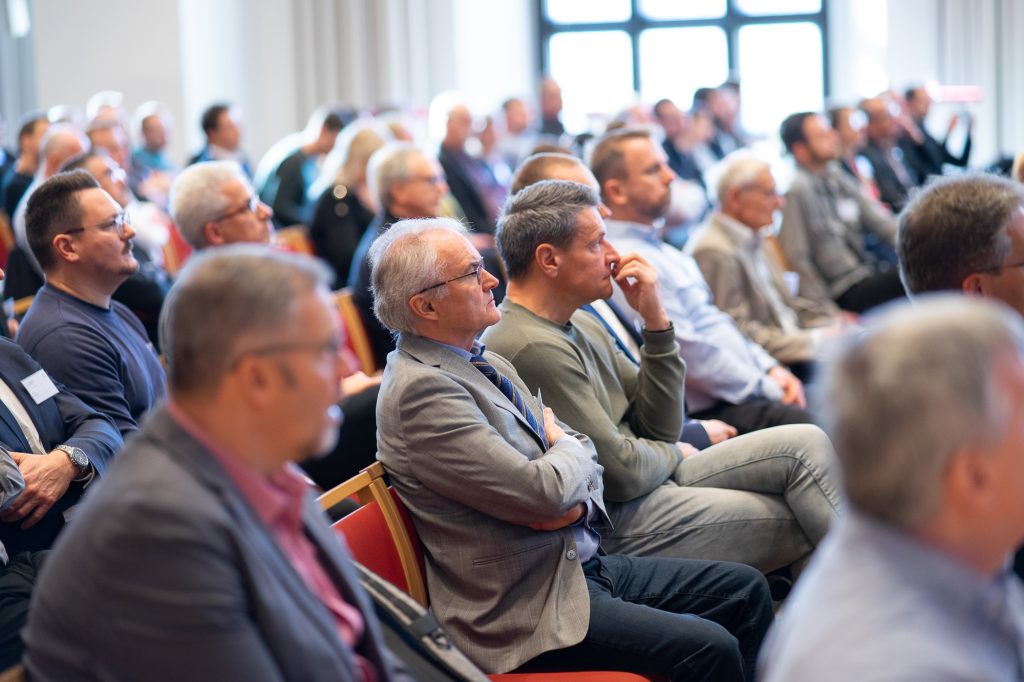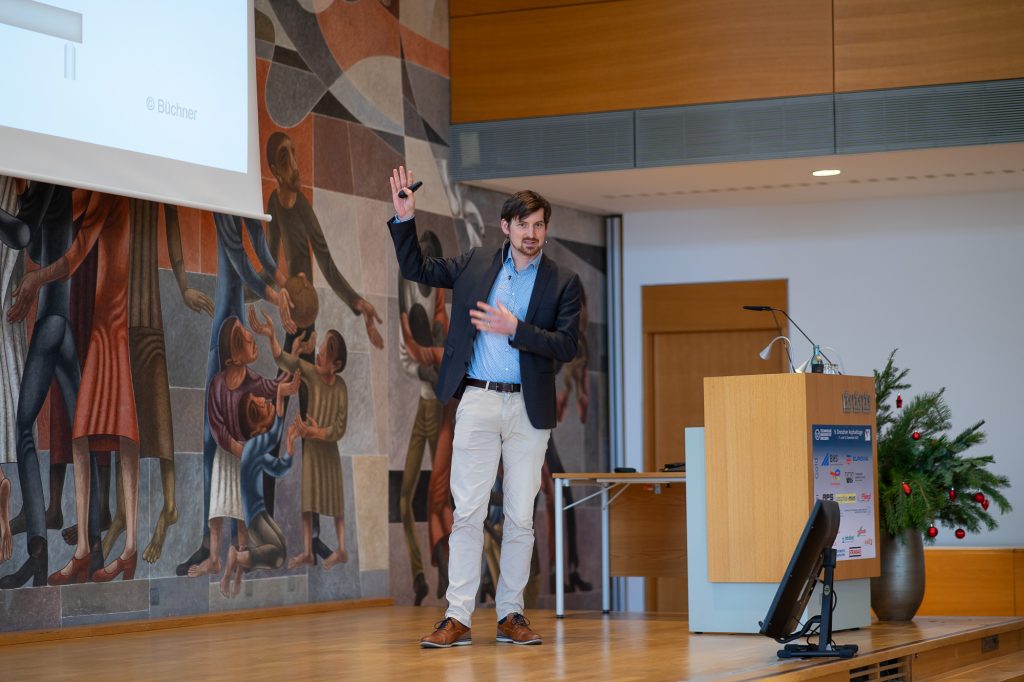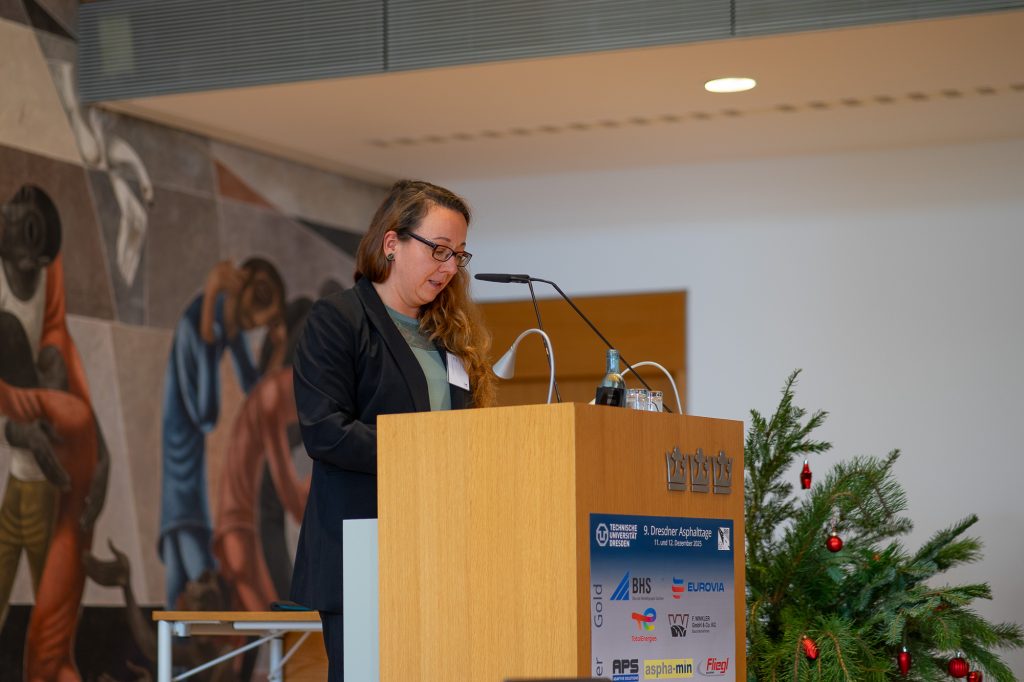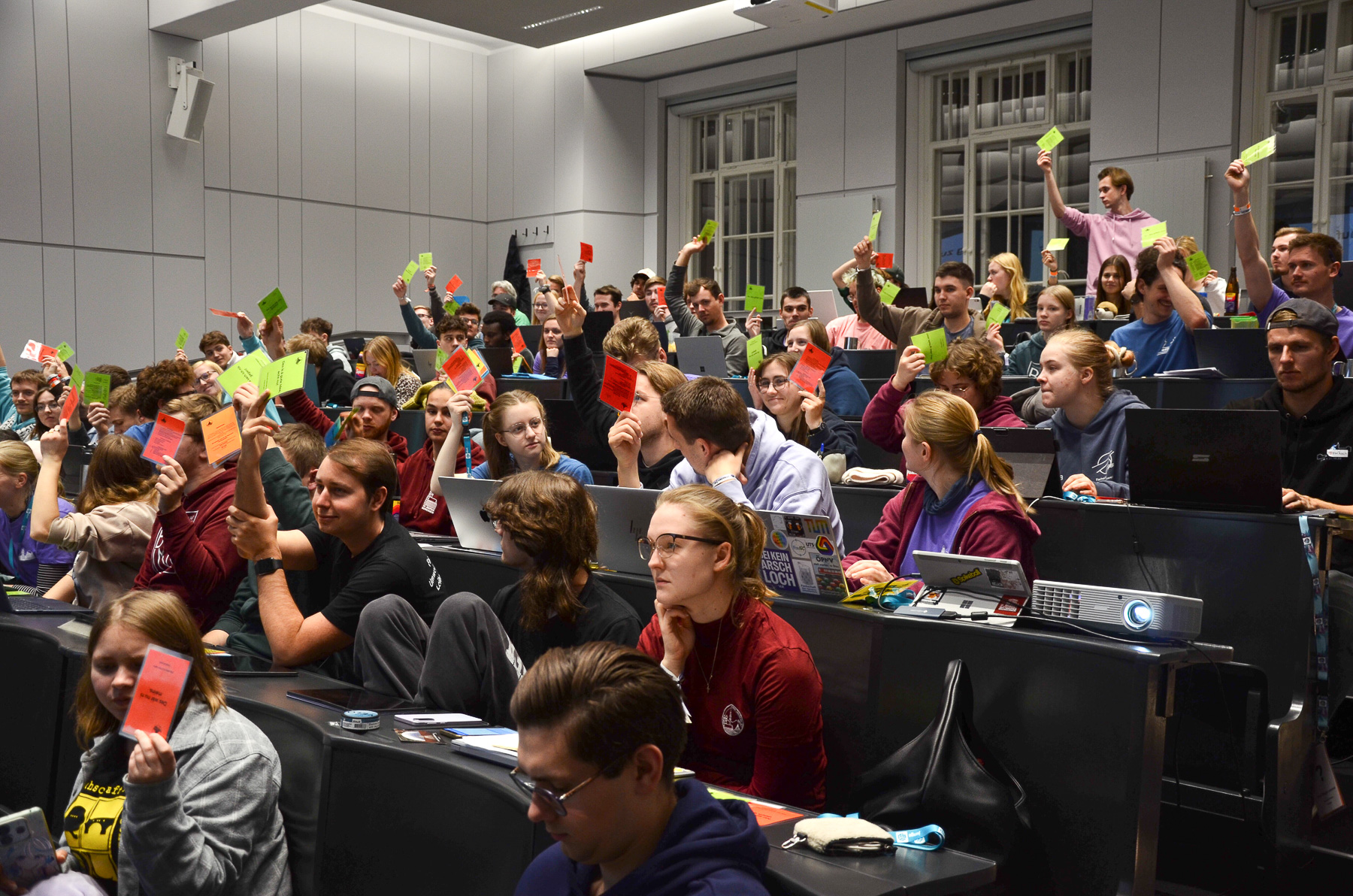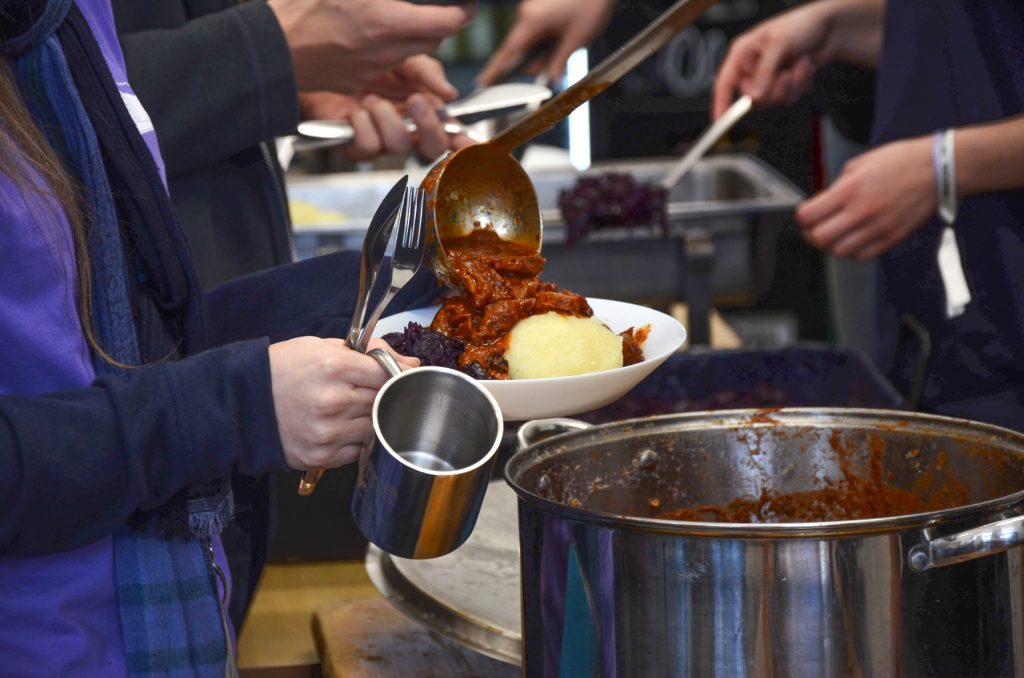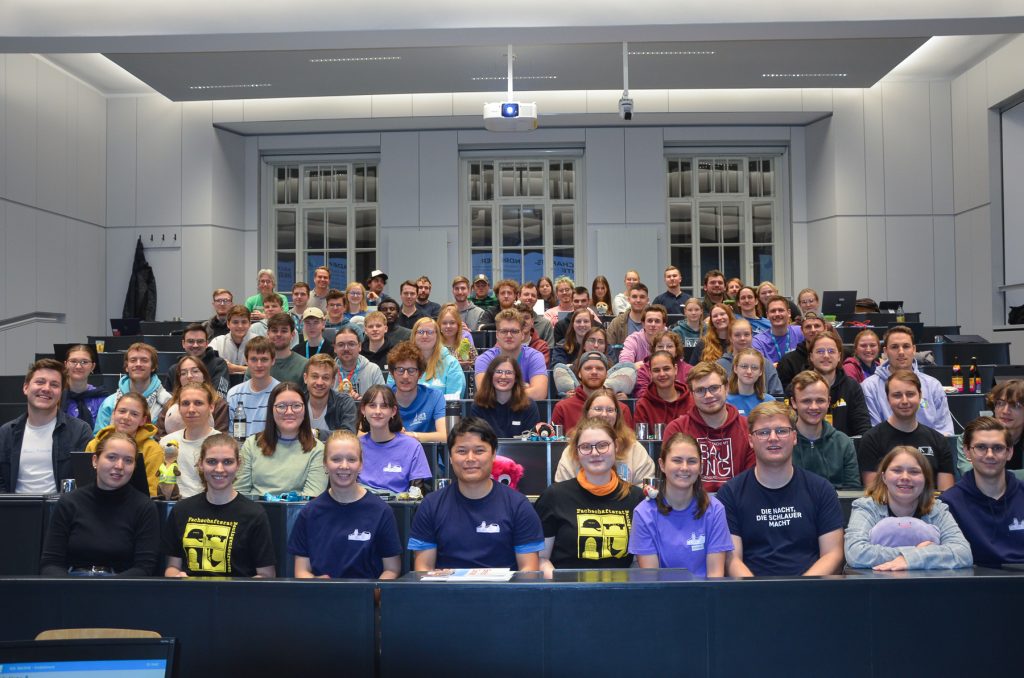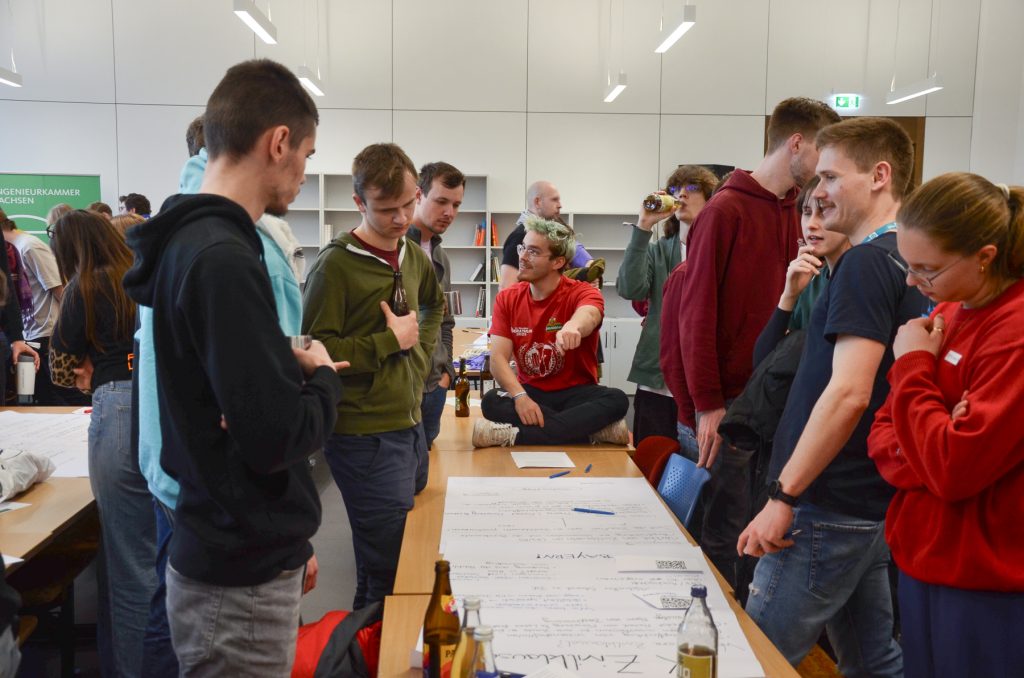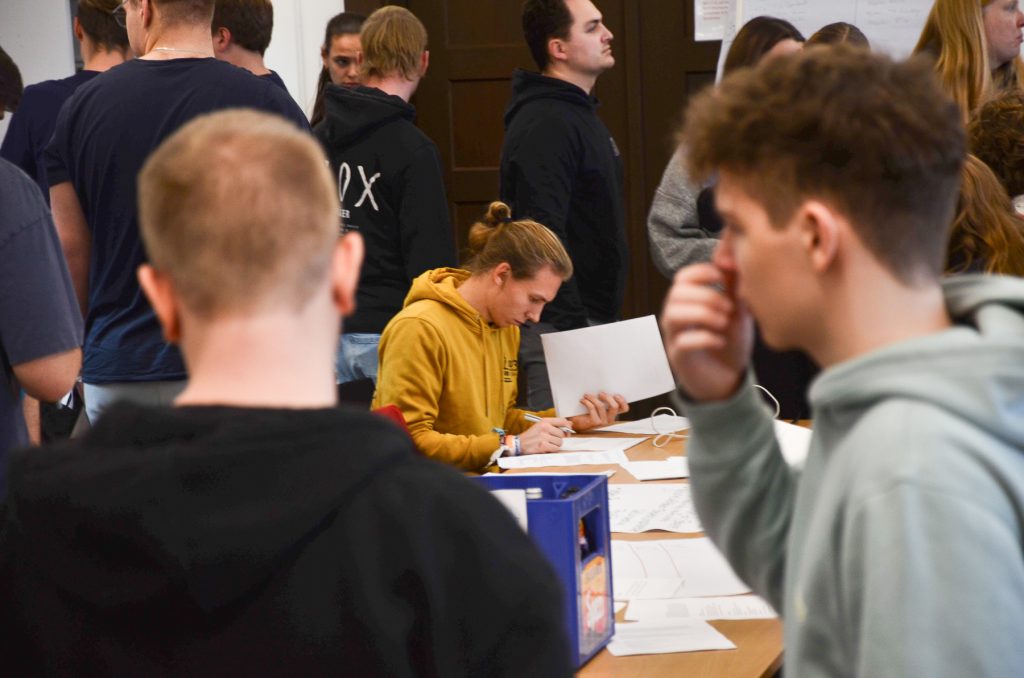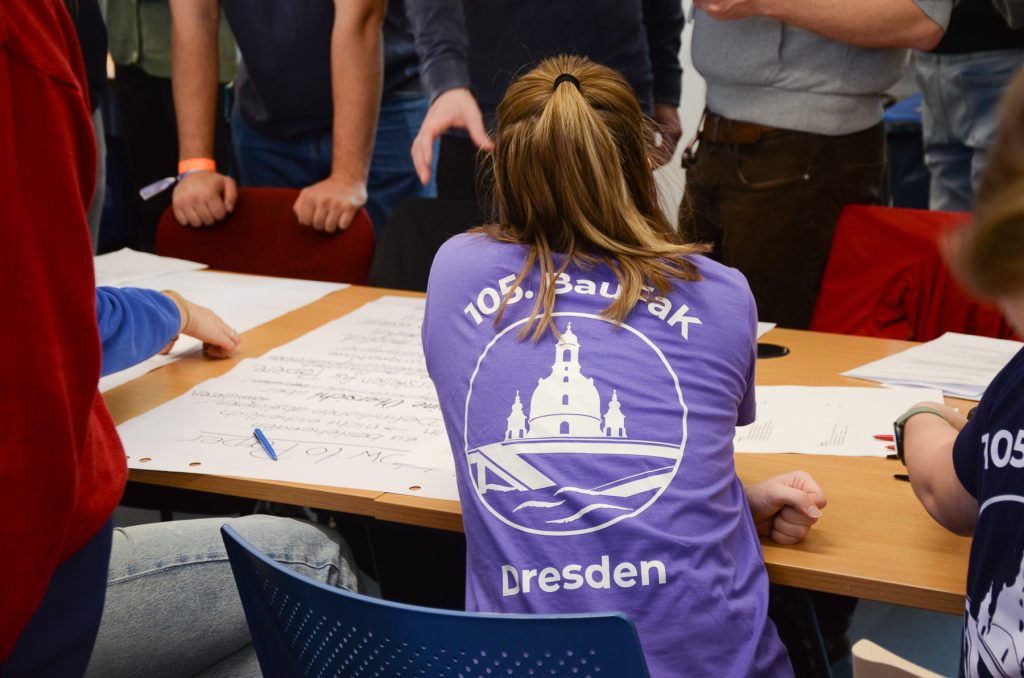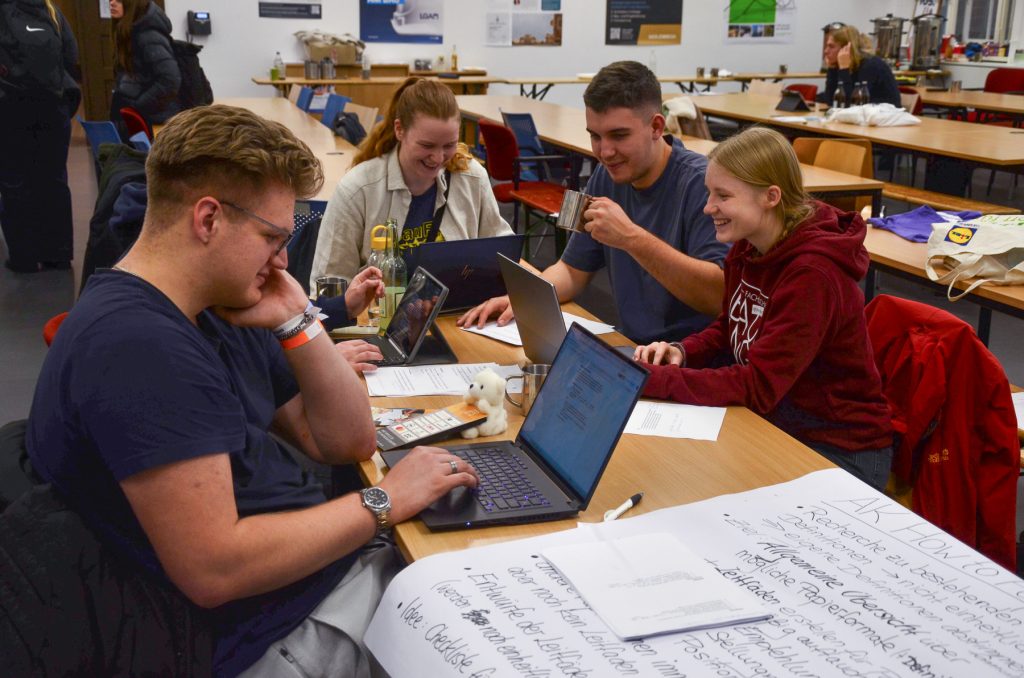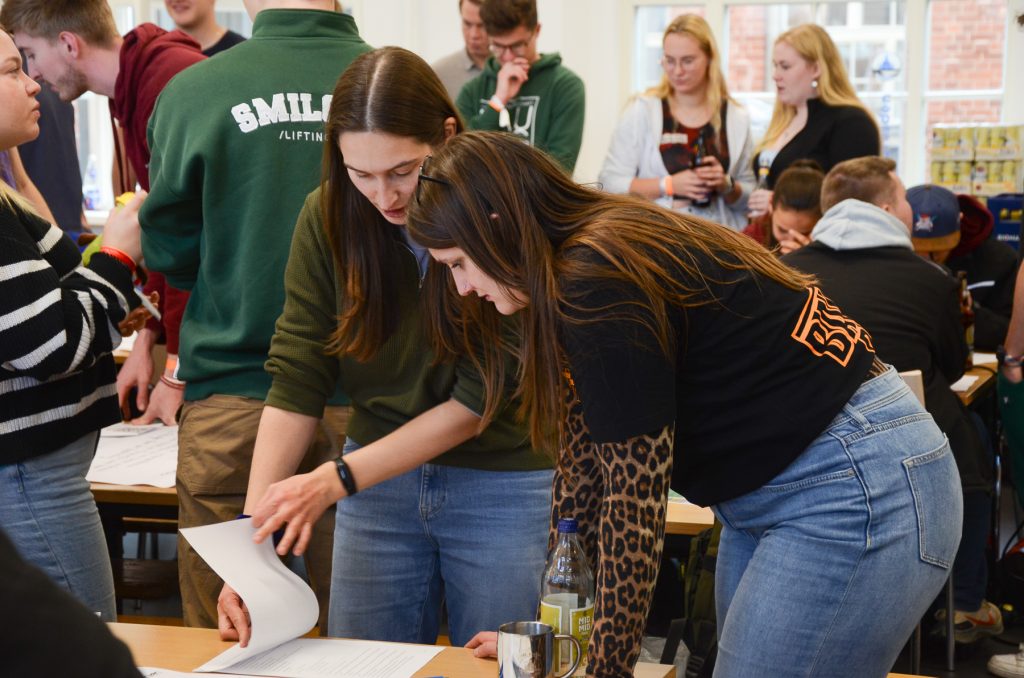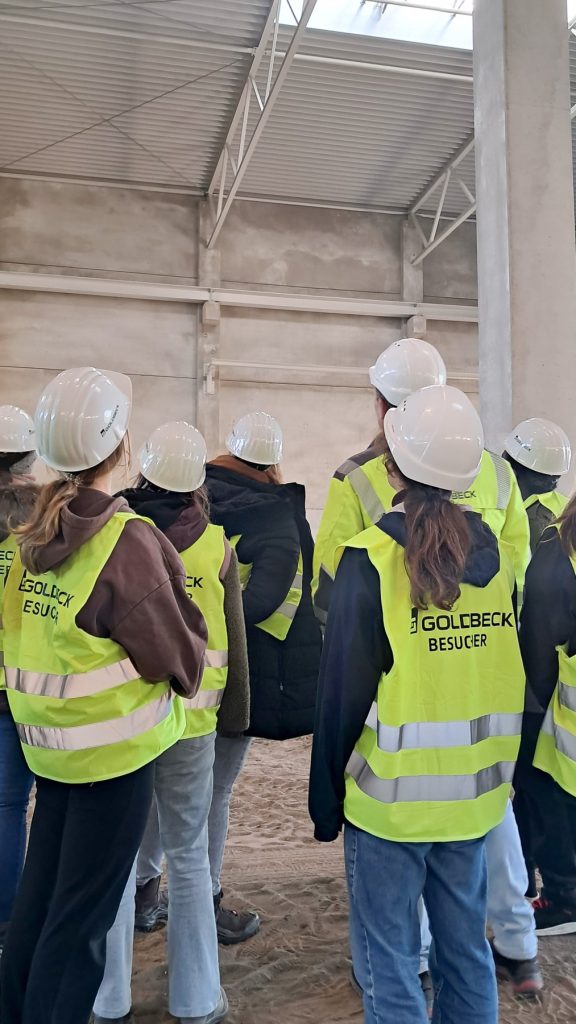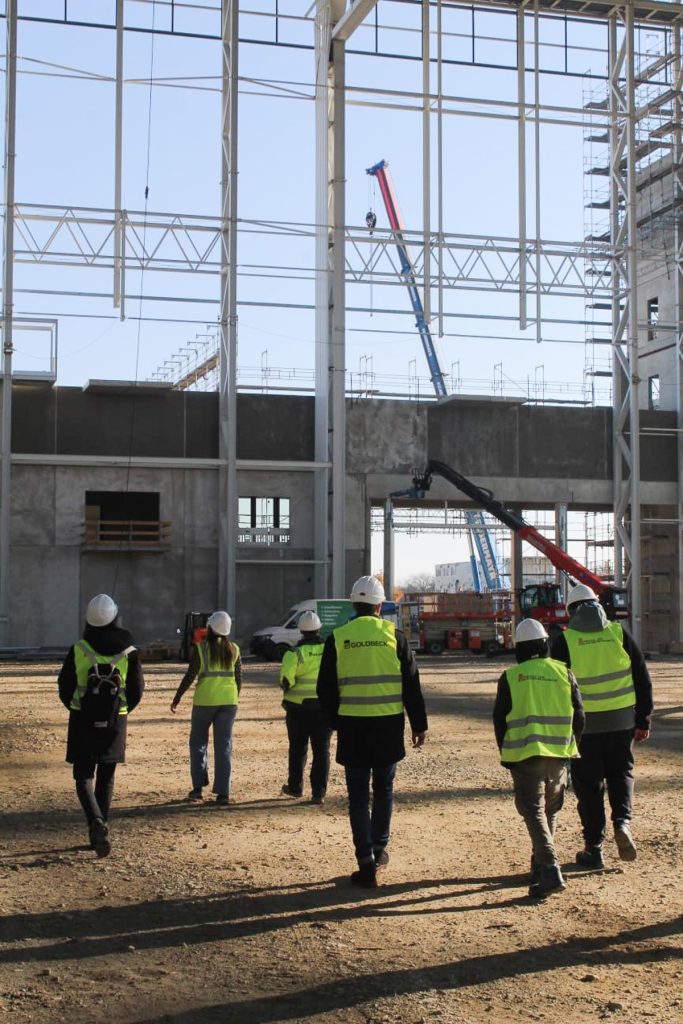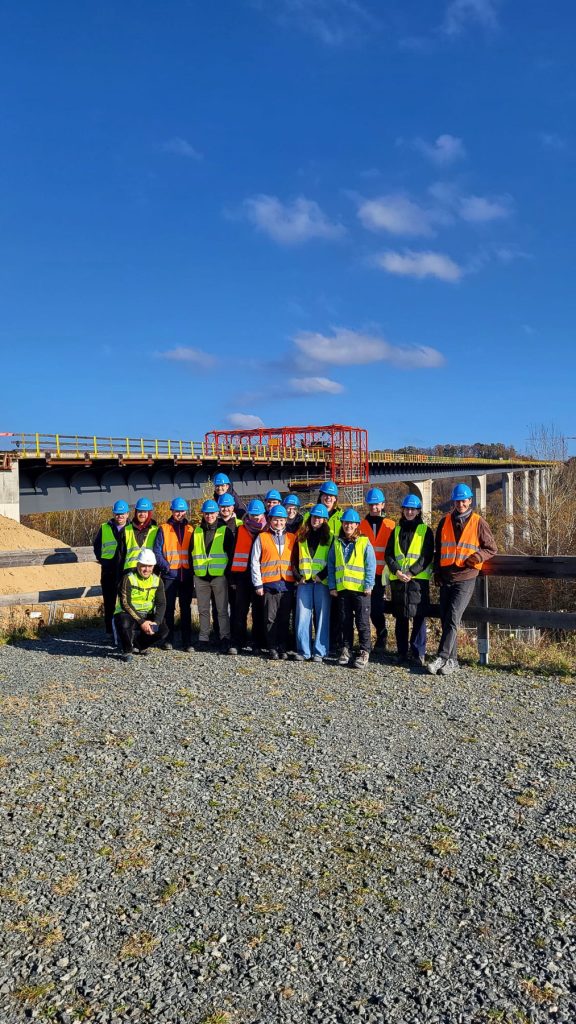Wie verändern Brücken unser Lebensgefühl, unseren Stadtraum und die Art, wie wir öffentliche Räume nutzen? Dieser Frage widmet sich ab 23. Januar 2026 die Ausstellung “Brücken neu denken„. im Zentrum für Baukultur Sachsen im Kulturpalast Dresden. Die Schau ist eine Kooperation mit dem Institut für Massivbau der TU Dresden und läuft bis zum 26. Februar 2026. Im Fokus steht ein differenzierter Blick auf Brücken als mehr als funktionale Verbindungen: Sie sind soziale Orte, prägende Stadträume und Ausdrucksformen kultureller Praxis. Die Ausstellung zeigt historische Entwicklungswege, internationale Referenzen sowie innovative Entwürfe von Studierenden – darunter Visionen für eine neue Carolabrücke in Dresden, die nach ihrem Einsturz im September 2024 (und folgendem Abriss) neu gedacht werden muss. Gleichzeitig informiert die STESAD über den aktuellen Planungsprozess zur Carolabrücke. Hierfür erarbeiten aktuell vier Planungsbüros unabhängig voneinander Entwürfe.
Das Begleitprogramm, das von den von der Deutschen Forschungsgemeinschaft (DFG) geförderten koordinierten Programmen SFB/Transregio 280 „Konstruktionsstrategien für materialminimierte Carbonbetonstrukturen – Grundlagen für eine neue Art zu bauen“ sowie den Schwerpunktprogrammen SPP 100+ „Verlängerung der Lebensdauer komplexer Baustrukturen durch intelligente Digitalisierung“ und SPP 2255 „Kulturerbe Konstruktion“ unterstützt wird, vertieft einzelne Themen der Ausstellung und schafft eine Plattform für gemeinsame themenbezogene Debatten Gezeigt werden Modelle, Skizzen und konzeptionelle Pläne sowie ein begleitendes Veranstaltungsprogramm mit Filmabend, Vorträgen und Diskussionen, die über rein technische Aspekte hinausgehen und Fragen der Aufenthaltsqualität, Identifikation und Stadtgestaltung verhandeln.
Öffnungszeiten: Di–Sa, 13:00–18:00 Uhr
Ort: ZfBK im Kulturpalast Dresden
Eintritt: frei

